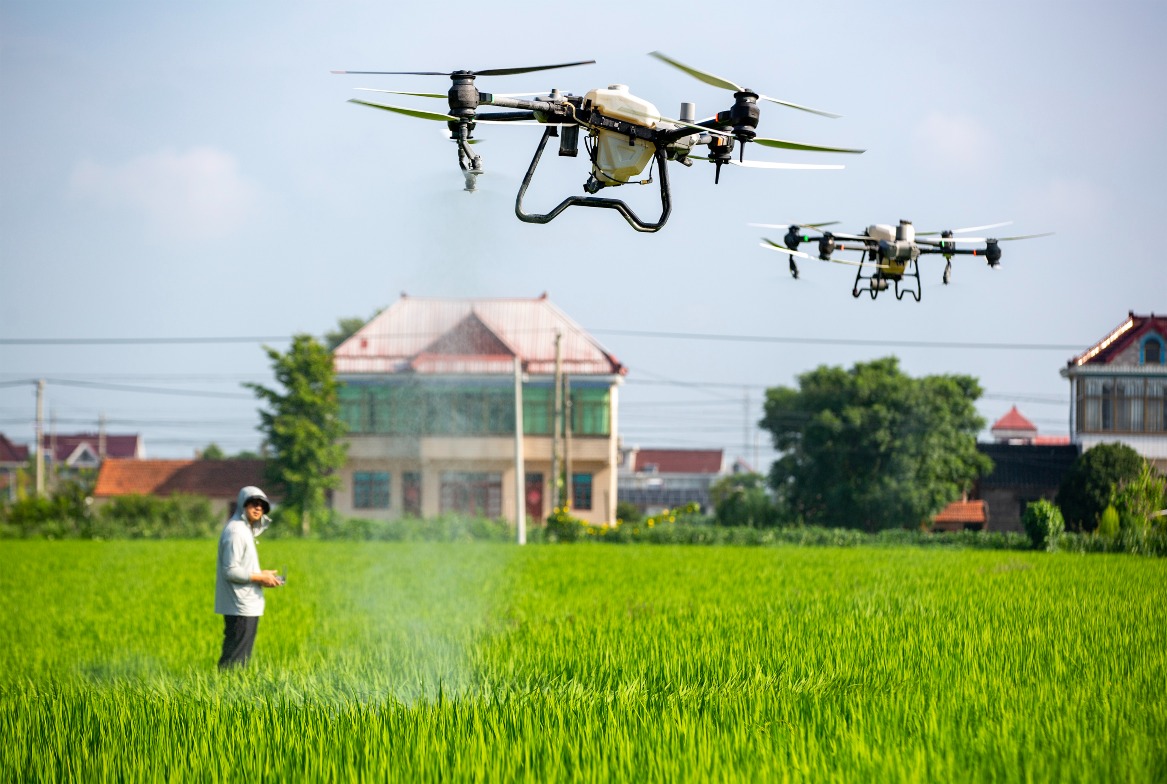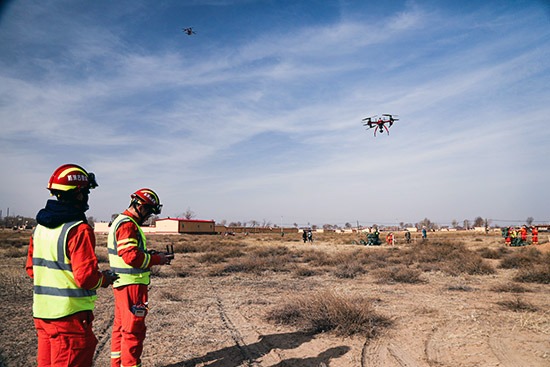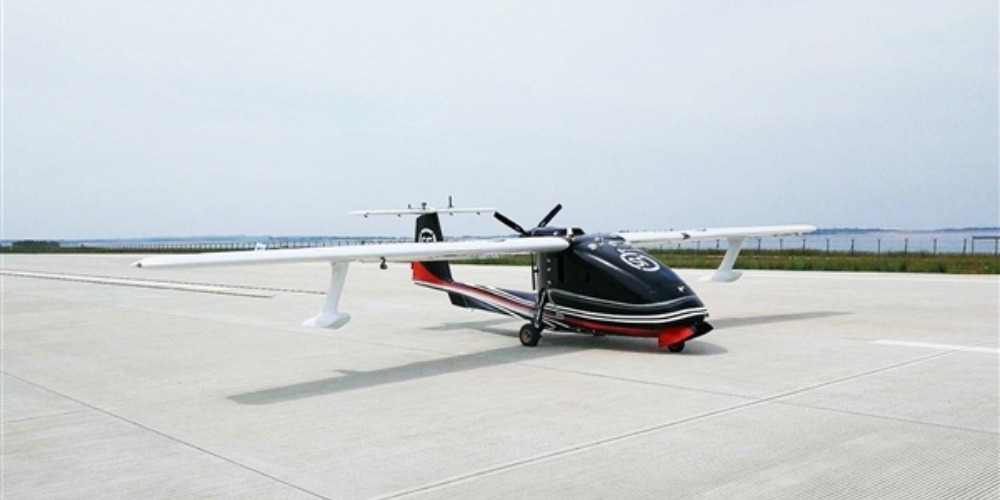Published : 2025-02-20
When travelling in China, have you every tried drone delivery? Drones flying through the city delivering food and packages might become a part of daily life in the era of low-altitude economy.
As a pioneer in the low-altitude economy, China accounts for 70% of global drone patent applications. By 2024, the national low-altitude economy market scale exceeded RMB 670 billion.
What opportunities and challenges lie ahead?
China has become world's largest drone exporter
Low-altitude economy generally refers to various economic activities conducted in airspace below 1,000 metres. The carriers include various manned and unmanned aircrafts, with applications in logistics, food delivery, passenger transport, surveying, etc.
How fast is China's low-altitude economy soaring?
By 2024, the national low-altitude economy exceeded RMB 670 billion. According to predictions from the Civil Aviation Administration of China, it is expected to reach RMB 1.5 trillion by 2025.
In March 2024, "low-altitude economy" was mentioned for the first time in the Report on the Work of the Government. So far, 30 provinces and cities across the country have included low-altitude economy in their government work reports.
The National Development and Reform Commission (NDRC) has also established a new department for low-altitude economy development, reflecting the government's positive attitude and determination to develop low-altitude economy.
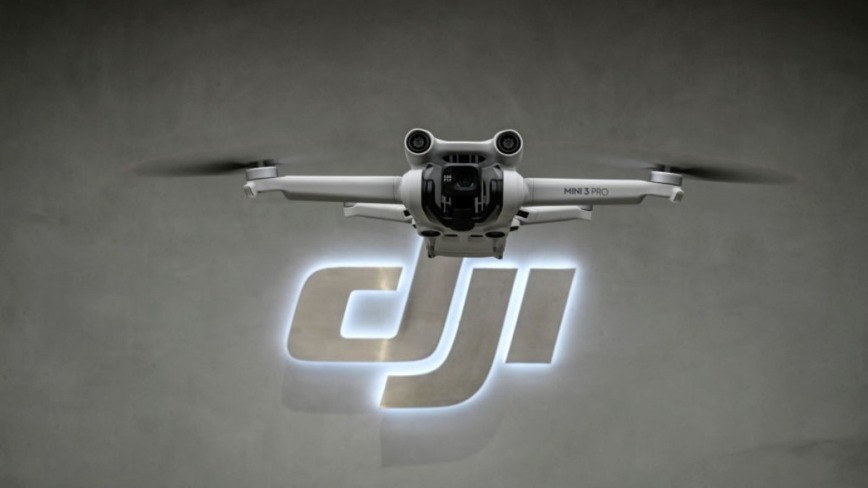
The drone industry is the core and pillar of the low-altitude economy.
In recent years, it has rapidly risen to become an emerging industry receiving much attention. According to the China Civil Unmanned Aviation Development Report 2023-2024, China has been the largest drone exporter in the world for several consecutive years.
China has filed about 70% of the world's patent applications in the field of drones, making it the world's number one source of drone technology. In 2023, the output value of the national drone industry reached 152 RMB billion.
How close is low-altitude economy to our lives?
In China, drone delivery for food and packages has become increasingly common in daily life.
By placing orders from designated merchants on the Meituan app, drones can deliver to the selected location in about 20 minutes, with a delivery fee of only a few yuan, making it incredibly convenient and efficient.
As of September 2024 , Meituan's drone delivery service has launched 43 routes in Shanghai, Beijing, Shenzhen, Guangzhou and other Chinese cities, completing over 360,000 orders in total. The service is capable of delivering more than 90,000 types of products to users.
Read more: Meituan drones deliver food in Shenzhen, low-flying, safe, and noise-free, within 15 minutes
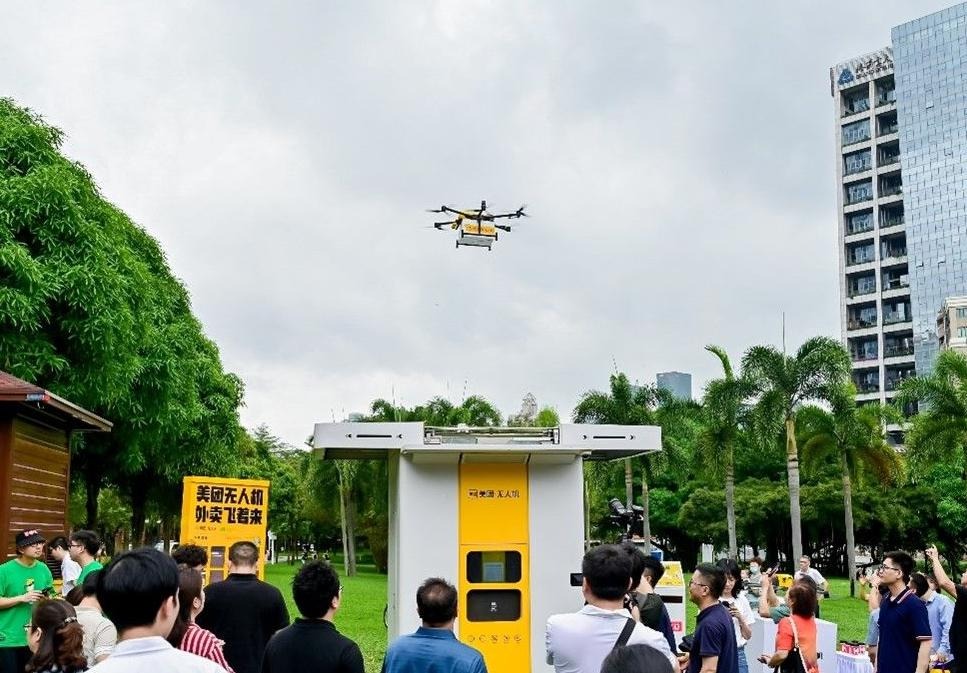
As drone-delivered takeaways are being piloted in various cities, the future takeaway delivery personnel might turn into takeaway "droneers". Currently, there are over 2 million drones registered in the country, but there is a shortage of more than 1 million drone operators.
Faced with this shortage, drone operators training programmes have emerged rapidly across the country, sparking a trend in obtaining drone certification.
A few years ago, most candidates for certification exams were sent by companies and organisations, but in recent years, more and more individuals are proactively signing up for training. Professional operators will find abundant opportunities in the future low-altitude economy job market.
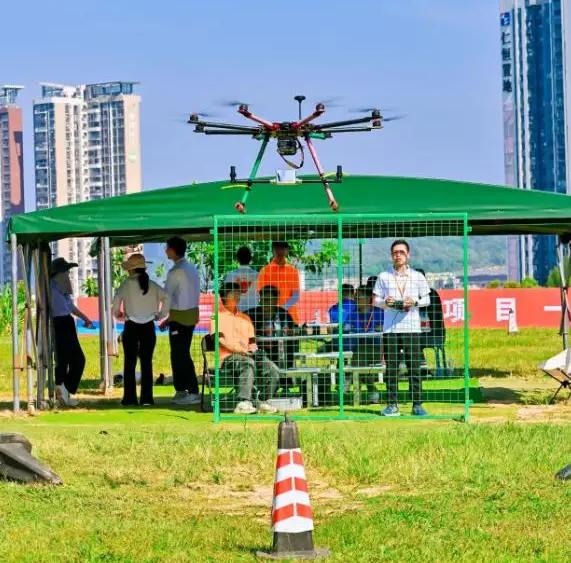
The application of drones is not limited to daily deliveries, aerial photography, and lighting shows. In fact, drones have gradually played vital roles in various industries. They are utilized in activities such as pesticide spraying, artificial rain, grid inspections, geographic surveying and mapping, and emergency rescue.
Drones can not only save labour and material costs but also accomplish many tasks that humans cannot do, providing significant advantages in ensuring safety and improving efficiency.
Read more: Rare heavy rain hits Henan, unmanned aircraft "Wing Dragon" sends rescue signals
Read more: Not just for taking photos! Drones become helpful assistants in three major areas of life
Shenzhen leading the development of low-altitude economy
China's low-altitude economy is developing rapidly, and Shenzhen, just a river away from Hong Kong, is leading the way, aiming to become the top city of low-altitude economy.
Shenzhen has already launched drone delivery routes in 10 shopping districts and set China's first regular drone delivery route in a port area at the Futian Checkpoint.
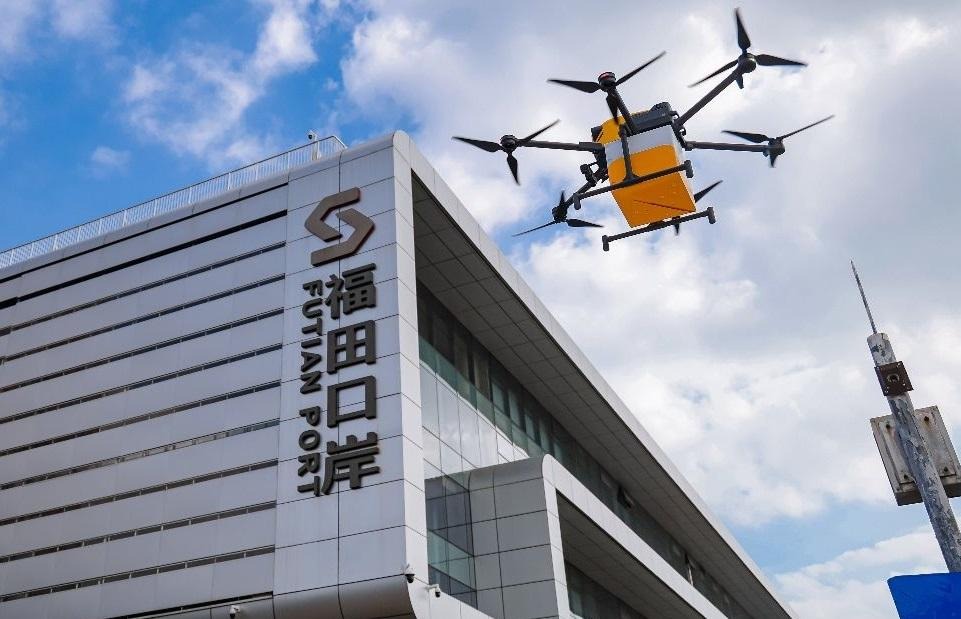
In 2023, the first demonstration centre for urban air transport operations in China was officially launched at OH Bay in Shenzhen, offering tourism experience services with "air taxis", which is unmanned electric vertical take-off and landing vehicles (eVTOL).
In 2024, Shenzhen added a total of 94 new drone routes (over 200 in total), completing more than 700,000 cargo flights and over 28,000 low-altitude passenger flights.
The annual output value of the low-altitude economy exceeded RMB 90 billion, with a growth of 28.3% compared to the same period last year, placing it at the forefront of low-altitude economic development in the country.
Read more: The drone era: "Aerial taxis" may become a reality
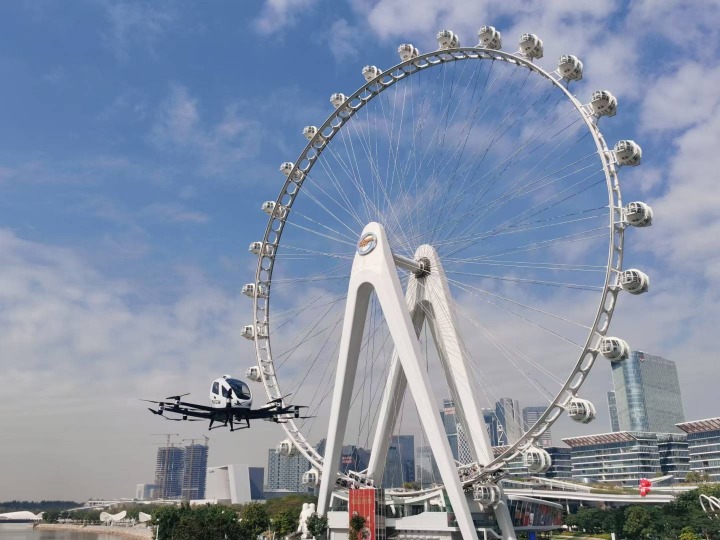
While the Mainland is already using drones to deliver takeaways and carry passengers, the application of drones in Hong Kong in Hong Kong are still limited to light shows or search and rescue operations.
As an international metropolis with a high dense population and building, Hong Kong is actively exploring the vast development potential of the low-altitude economy.
In 2024, the Hong Kong Government established the Working Group on Developing Low-altitude Economy to formulate development strategies. They plan to relax drone restrictions, and explore with the Mainland authorities the joint establishment of low-altitude cross-boundary air routes, etc.
Furthermore, Meituan is also discussing the possibility of drone delivery with Cyberport and Hong Kong Science Park (HKSTP). In the future, Hong Kong may also usher in the era of the low-altitude economy.
The year 2024 is regarded as the first year of low-altitude economic development in China, but many challenges still lie ahead. Key issues that need to be addressed urgently include difficulty of managing safety risks, incomplete policies and regulations, and irregular market competition.
With the continuous optimisation of the policy environment and the ongoing improvement of technological levels, the potential of the low-altitude economy market is expected to be continuously stimulated.
Read more: "Air Taxi" as a new way of travel? An insight into the development trends of Low-altitude economy


